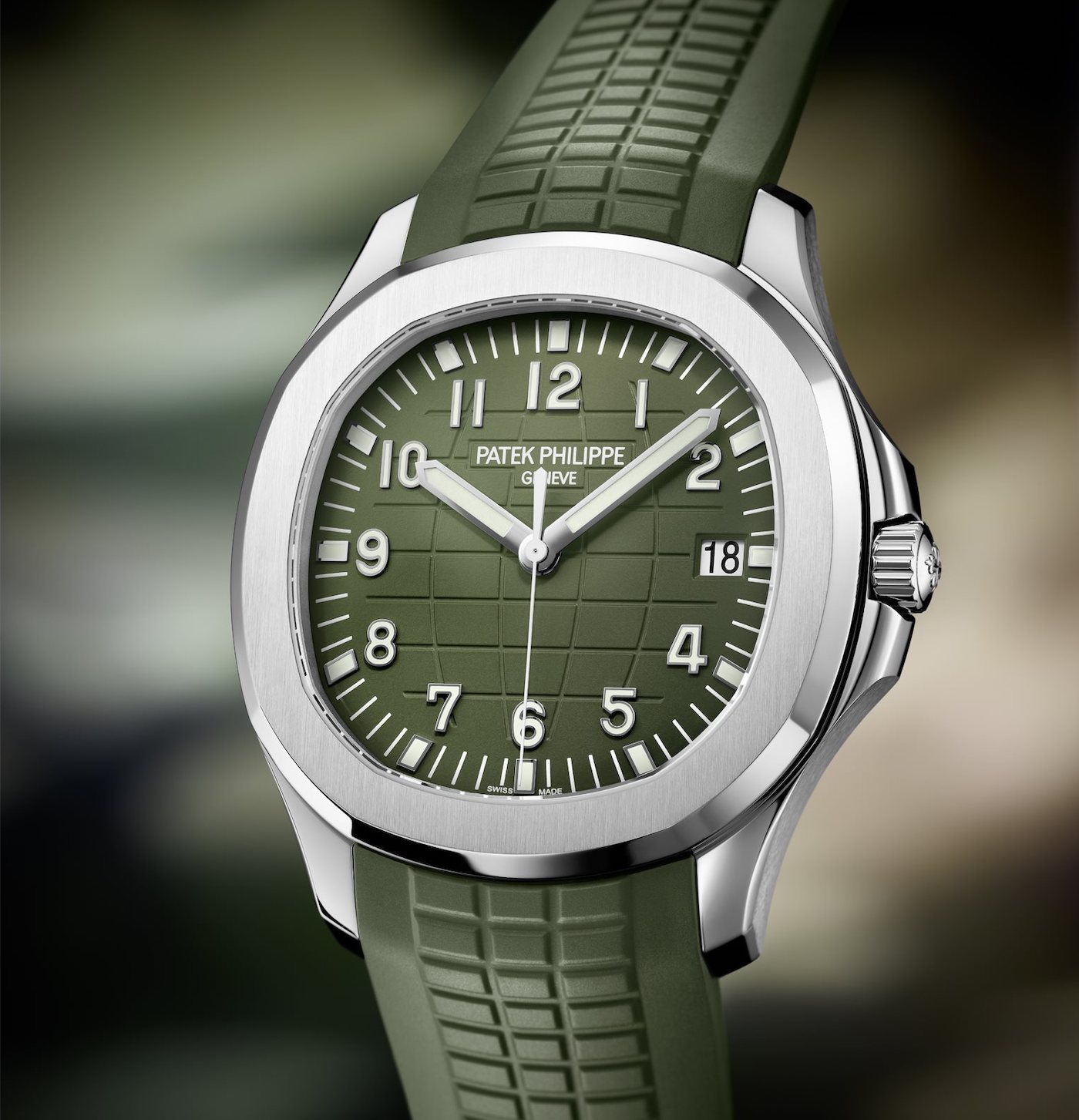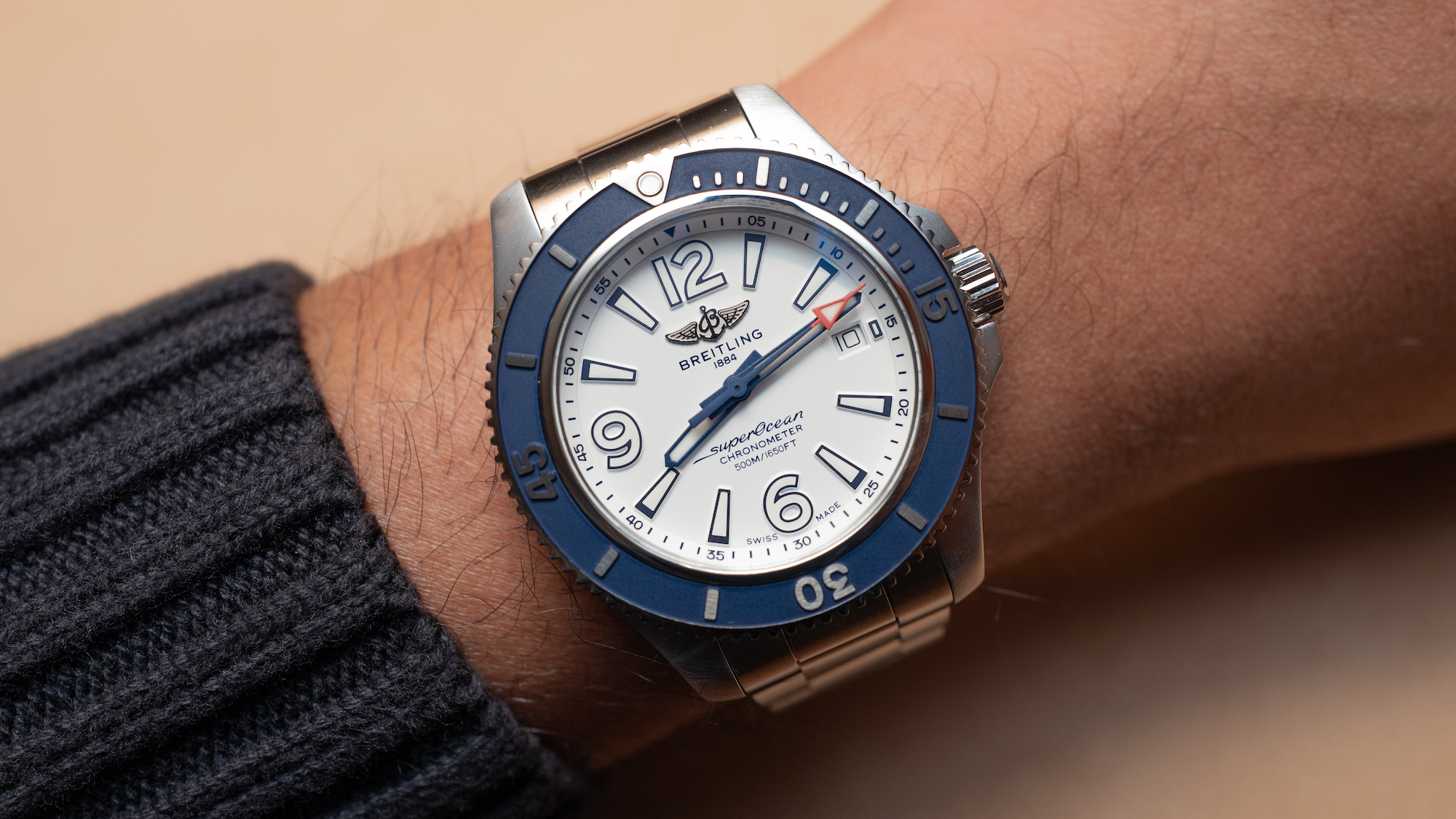Wrist Watch Product Trends At Baselworld 2019
Alright, so the watch industry is trying to stabilize itself economically and contend with the fact that the shape of the future market place is something they cannot predict. Coming from the world of banking and ultra-conservative decision making, such a reality is difficult for many traditional watch-brand managers to contend with. How does this translate into what new wrist watch products are coming to market soon?
One must first understand that Baselworld is no longer where its attendee brands release all of their new products for the rest of the year. Faced with the need to feed constant news cycles, a lot of the watch brands at Baselworld 2019 did not release information about upcoming product launches that will come later in 2019 and beyond. That said, aBlogtoWatch has a lot of insight into what types of watches are coming out and how brands are using creativity and their own resources to meet the needs of the market.
One of the most interesting shifts in the watch industry that I’ve seen is how new products are conceived. While not universal of course, so many of the new watches coming out now are reactions to consumer requests and habits, as opposed to independent creative decisions made by artists and designers at brands. Of course, the watch industry (like the fashion industry) has always attempted to produce products that are relevant to current consumer tastes, I am convinced that 80% or more of new product decisions today are attempts to produce “me too” watches that seem to fit within consumer spending habits.
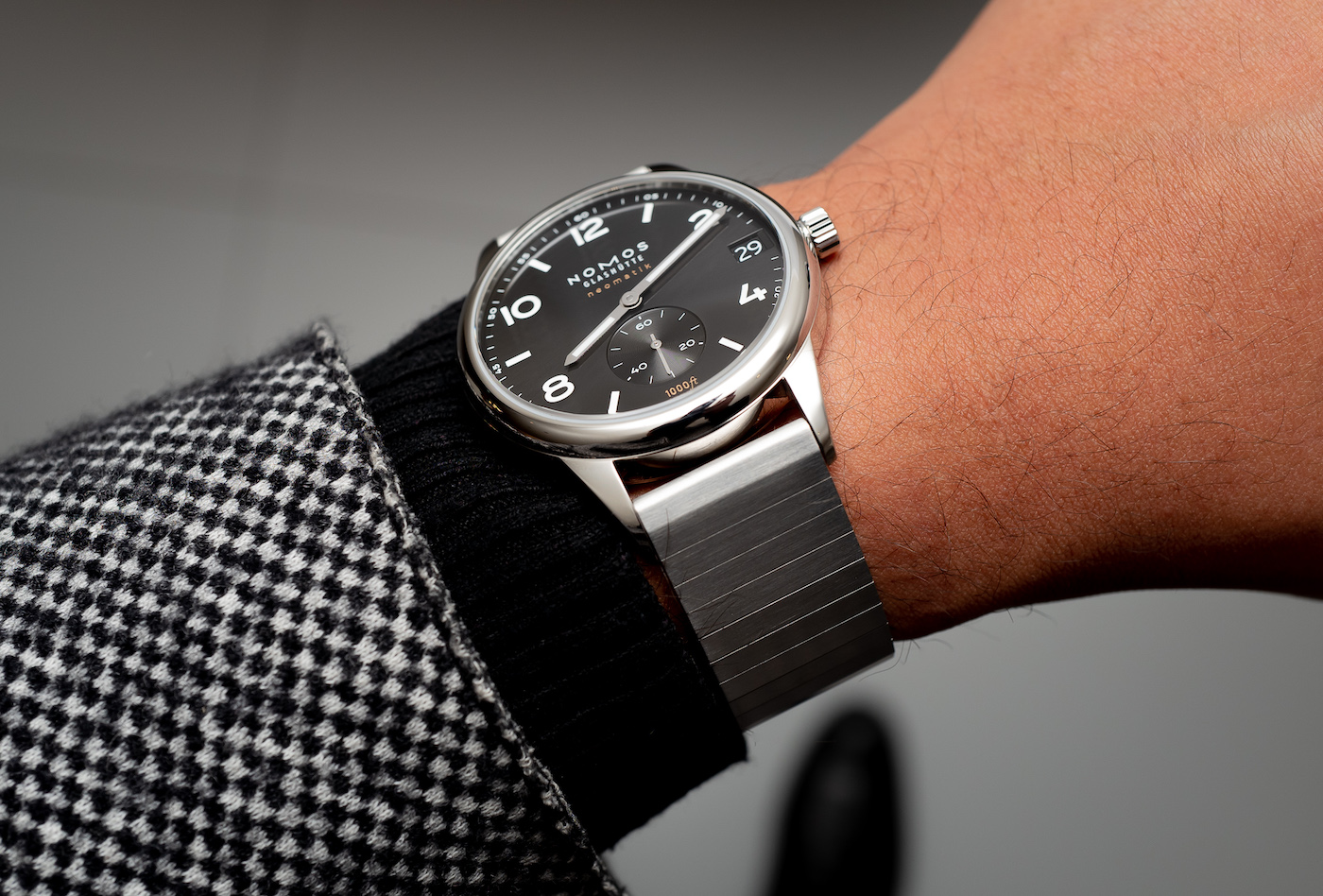
A good example is how brands are responding to the recent popularity of elegant, albeit sport-style, steel watches with cases designed with integrated bracelets. The surge in popularity of Rolex steel sports watches and the Patek Philippe Nautilus has resulted in many companies (at all price levels) coming out with their own answers to the men’s “bracelet watch.” Gerald Genta helped start this trend in the 1970s and today, the value of a “distinctive looking” non-precious metal watch (meaning it can be visually identified as coming a particular brand) is not in doubt. Many companies have their own “answer to the Nautilus or Royal Oak,” which doesn’t necessarily imply a copycat design (although there is enough of that going around) but more generally an original watch case with an integrated bracelet that can be worn casually or more formally. This is certainly a trend I’ve been seeing a lot of, and I think consumers generally win as a result.
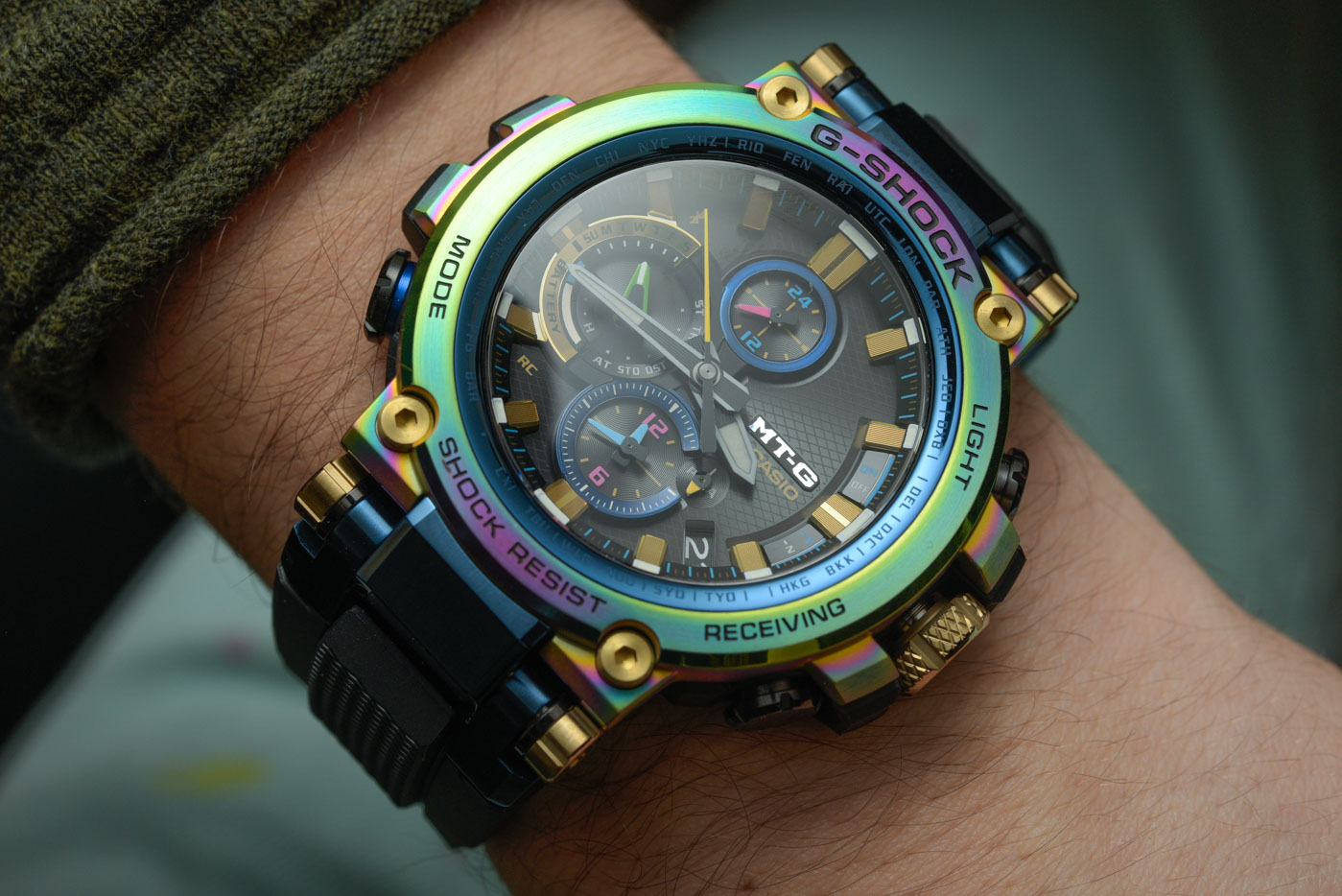
Another trend I’ve identified is that colors are the “new gold” watches. What do I mean by that? Well, for a few years now, we’ve begun to see more and more timepieces (at all price-points) come out in a dizzying array of non-traditional colors (i.e., black or white dials). This began as sporty colors such as orange, yellow, and red, and has now moved on to pretty much everything else, with a recent heavy emphasis on blue and now green.
I’m not just talking about dial colors, but also entire case colors and other components. Even the often mocked “rainbow watch” (traditionally considered as something appropriate for only women and gay men) are coming in very macho form, and I, personally, couldn’t be happier about it since I find wearing brightly colored (but otherwise traditionally designed) timepieces to be very fun. What exactly is causing this new proliferation in colorful timepieces?
One reason is that they are relatively simple variations on a theme to produce. Rather than come out with new cases and movements, brands can elicit attention with new coats of paint. More so, some colors are applied using exotic new techniques or materials that are at the heart of the watch industry’s innovation engine to get consumers interested in existing products. More specifically, however, I think there is another reason why colorful watches are now popular: They are a more socially acceptable form of peacocking.
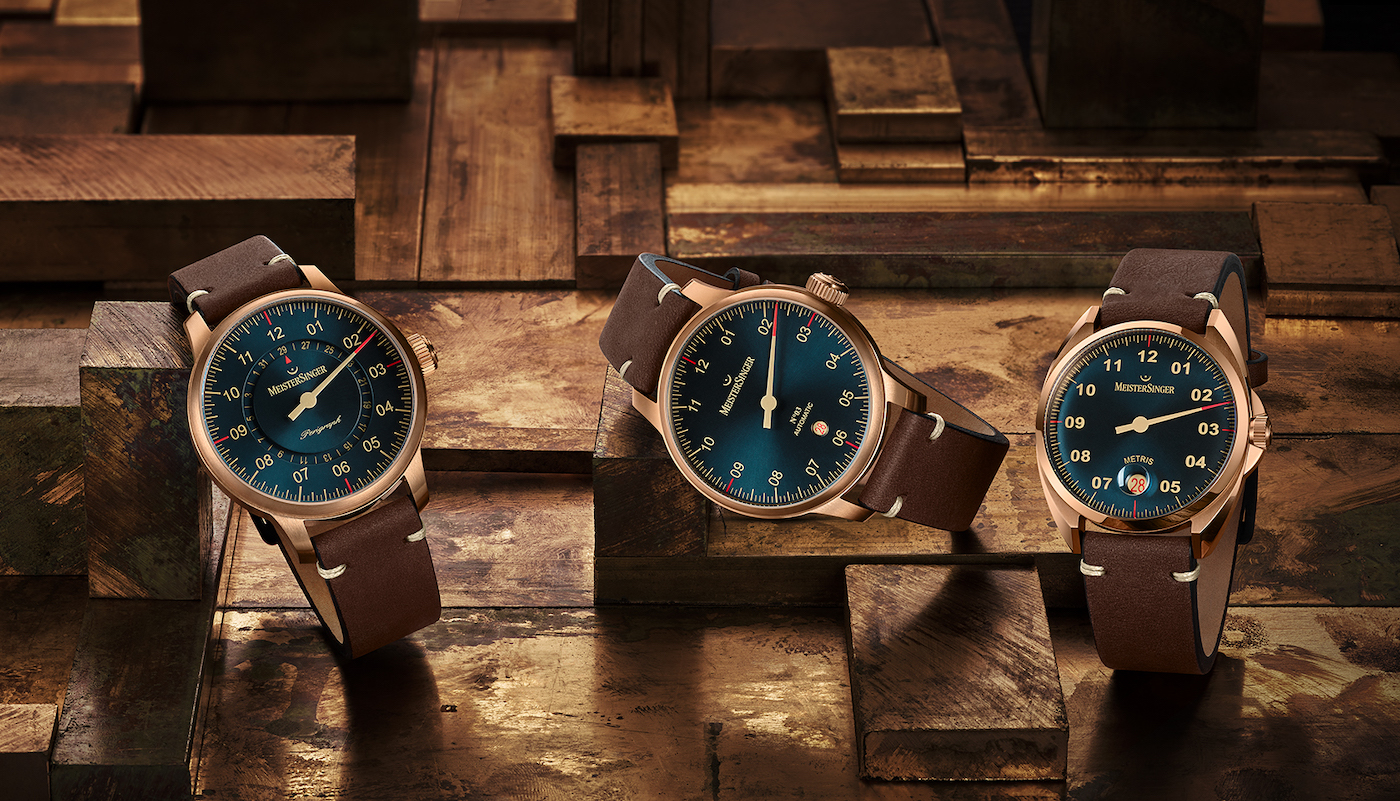
The value of gold watches and those with precious stones is to assert to onlookers that the wearer of such a timepiece has both wealth and success. Men who are rich and confident are happy to communicate such news on their wrist. In sober economic times, it becomes far less socially acceptable to flaunt wealth so conspicuously and, in some parts of the world, it can be dangerous, legally or politically. Bright colors worn on the wrist can provide a similar level of attention-getting without as much of the attached social stigma as precious watches. So, in an age when people still crave attention but don’t want to ruffle as many populist feathers, the colorful watch is replacing the gold and diamond watch in many circles. Related to this concept is the popularity of bronze watches. The quirky trend of making watches in this ancient alloy (actually, there are many blends of bronze) began as a form of product differentiation. Now, bronze watches are mainstream and, in my opinion, it is simply because bronze looks a bit like gold from afar (but without the accompanying price).
Colorful watches also more generally democratize attention-getting timepieces because this dramatically lowers the price-point needed to get positive (or any, for that matter) attention to what you are wearing. One of the aBlogtoWatch team’s favorite such watches was the roughly $1,000 Casio G-Shock MT-G “Lunar Rainbow” that uses special IP-coated metal parts to result in rainbow-colored elements all over the case. It’s amazingly attention-grabbing but hardly pretentious. Such a personality helps define many of the better colorful watches we saw at Baselworld 2019, and we expect this trend to continue for a few years.
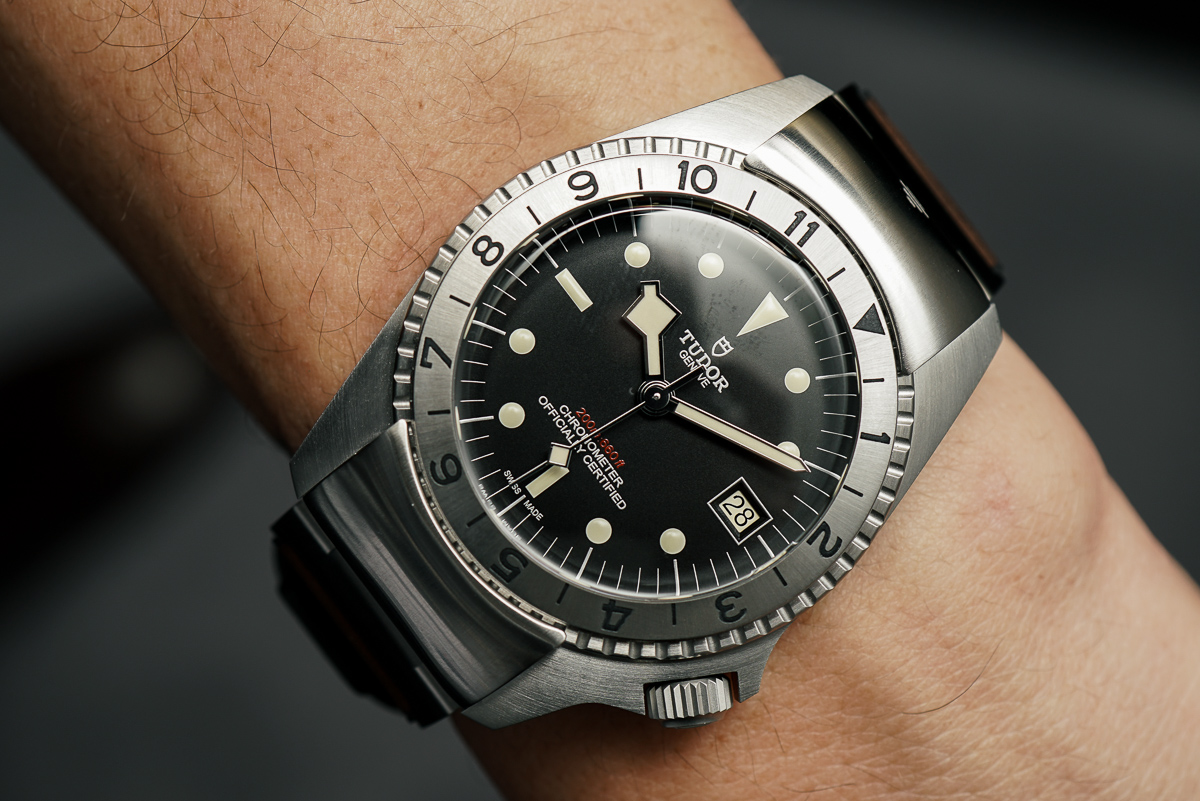
Vintage re-issue watches are a trend that stubbornly sticks around but perhaps for good reason. Watch brands unable to predict what will be a new hit simply go to their back-catalogs to find older models to remake for today’s audiences. This is part of a larger cultural trend toward nostalgia, arguably fueled by the entertainment industy’s incessant desire to remake and rehash instead of invent. Vintage watch designs tend to be simpler to produce and are also, more often than not, more legible and practical designs than a lot of what modern timepiece designers are able to come up with. Many brands today do not invest in the research and development necessary to come up with attractive new products that also function well, so they continue to borrow from lessons learn long ago.
Tudor is probably at the heart of the vintage-reissue debate for 2019, as their only entirely new watch is a production version of a concept watch they produced in the late 1960s. The irony of the Tudor Black Bay P01 is that it has little mainstream appeal aside from being “collector fodder” to help keep Tudor on the minds of enthusiasts and “watch nerds.” 2019 was not a strong year for innovation at Tudor, given that there is a lot of hope they’ll help keep mainstream-consumer demand for luxury watches high (in a similar way that people rely on Rolex, Tudor’s parent organization).
Vintage re-issue watches can be highly successful but the formula is quickly losing steam for all but the more ardent of classic watch collectors. Mainstream consumers are quickly demanding more originality and relevance from luxury watches, and simply repeating products from the past is not a complete or long-term formula for success that any serious wrist watch company can take in 2019 and beyond. Watch brands today no doubt need to absorb important lessons about watch design from the past. They should also engage in far more “off-screen” watch design that has designers experimenting with materials, colors, and textures in real-life prototypes, as opposed to exclusively on a computer screen. That said, the future of watch design is in applying traditional techniques of analog design to modern forms of aesthetics and materials.
Finally, a continuing trend I am happy to report is still strong is pricing fairness. More and more watches are being released with prices that the market can bear. I even muse with brand representatives that some watches they are releasing, which are priced between $4,000 and $10,000, would have easily been double if they had been released just a few years ago. In nearly all instances, they jokingly agree with me. The reality is that markets such as China — whose growth was in some instances predicated on “optimistic pricing” — are changing their tune and brands across the globe are finding that, in a very competitive marketplace, retail prices need to better reflect actual value. In the future, I fully anticipate that brands will again try to creep prices back up, but for the foreseeable future, it is an excellent time to find amazing value in enthusiast-grade timepieces starting at just a few thousand dollars.
I walked away from Baselworld 2019 personally wanting to purchase more watches that I saw at the show than any previous year I can recall. Perhaps it is that watch brands have more consumers like me in mind, or perhaps it is just that design and pricing has met at a sweet spot in 2019. I’m really looking forward to adding some of this year’s most notable new timepiece releases to my collection, and I’m more excited than I can ever recall to come back to Baselworld next year to see what the best minds in the watch industry have in store for us. See you there, aBlogtoWatch community.


